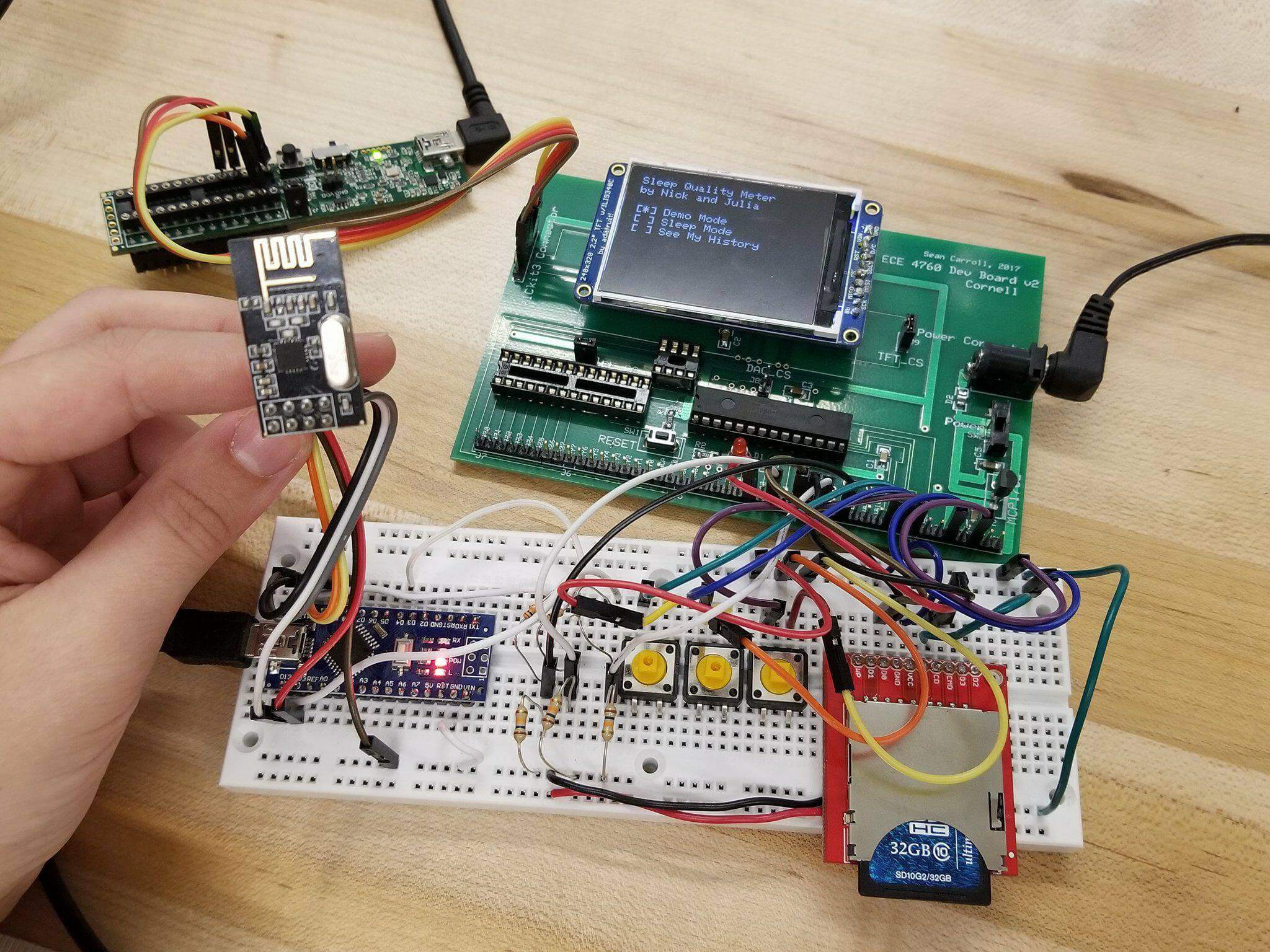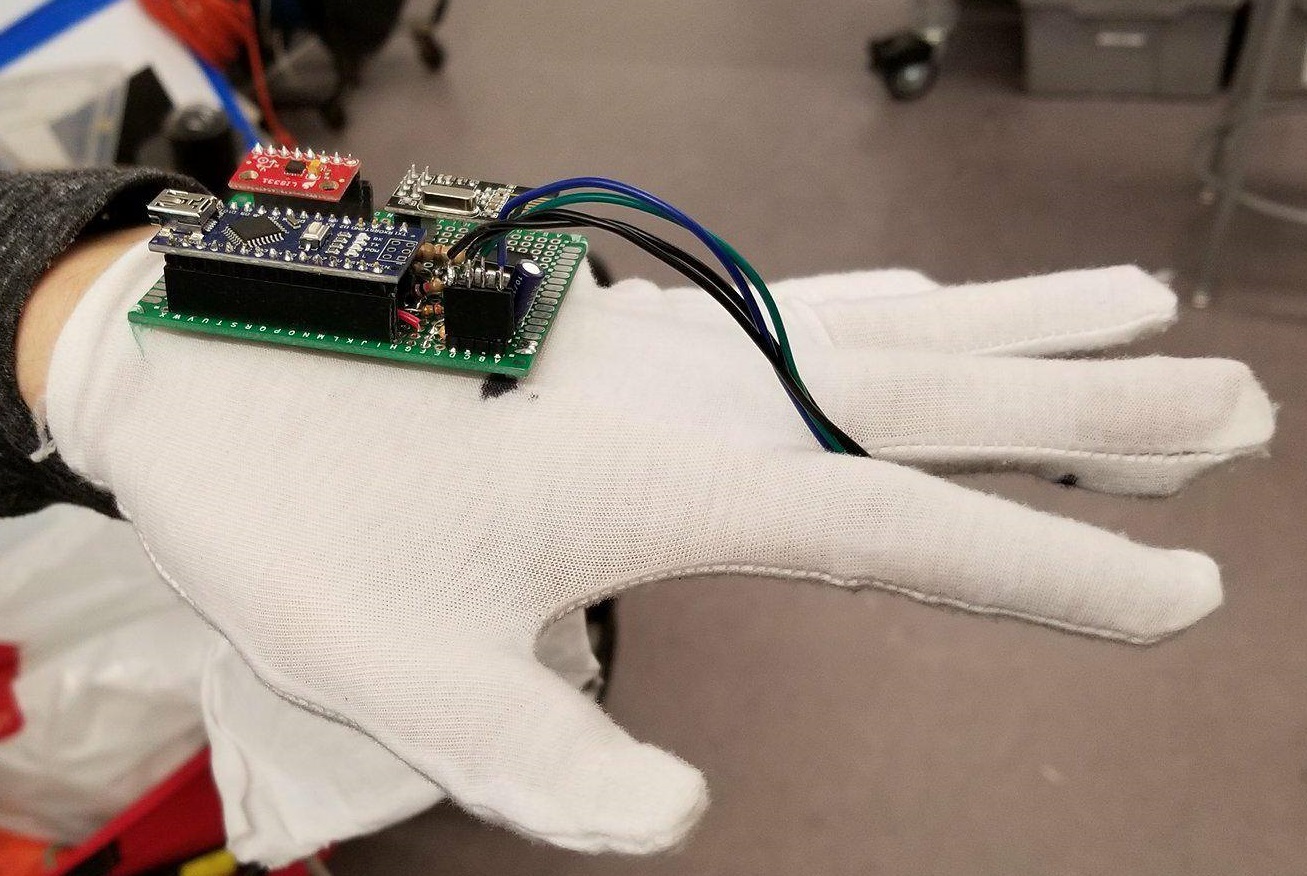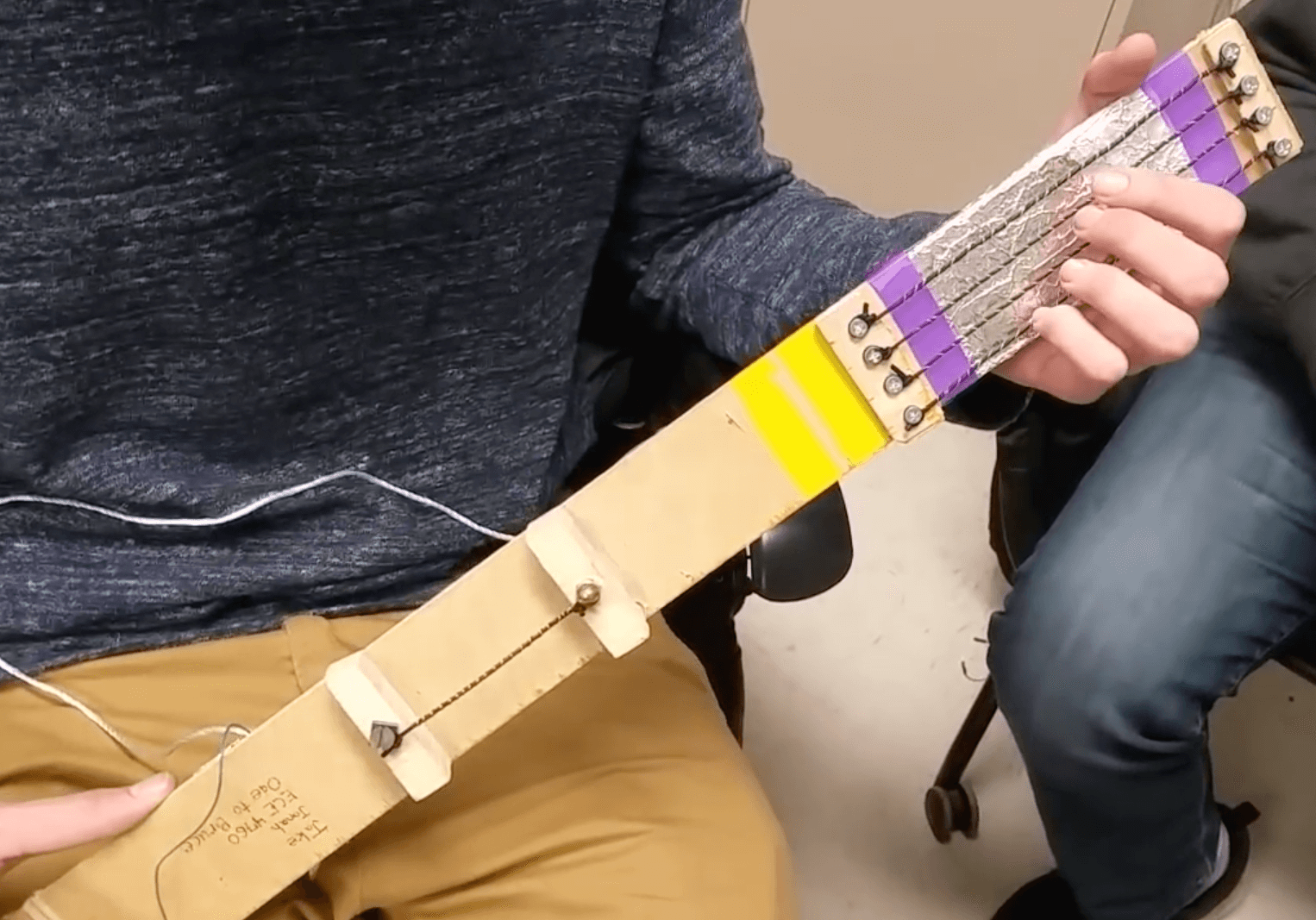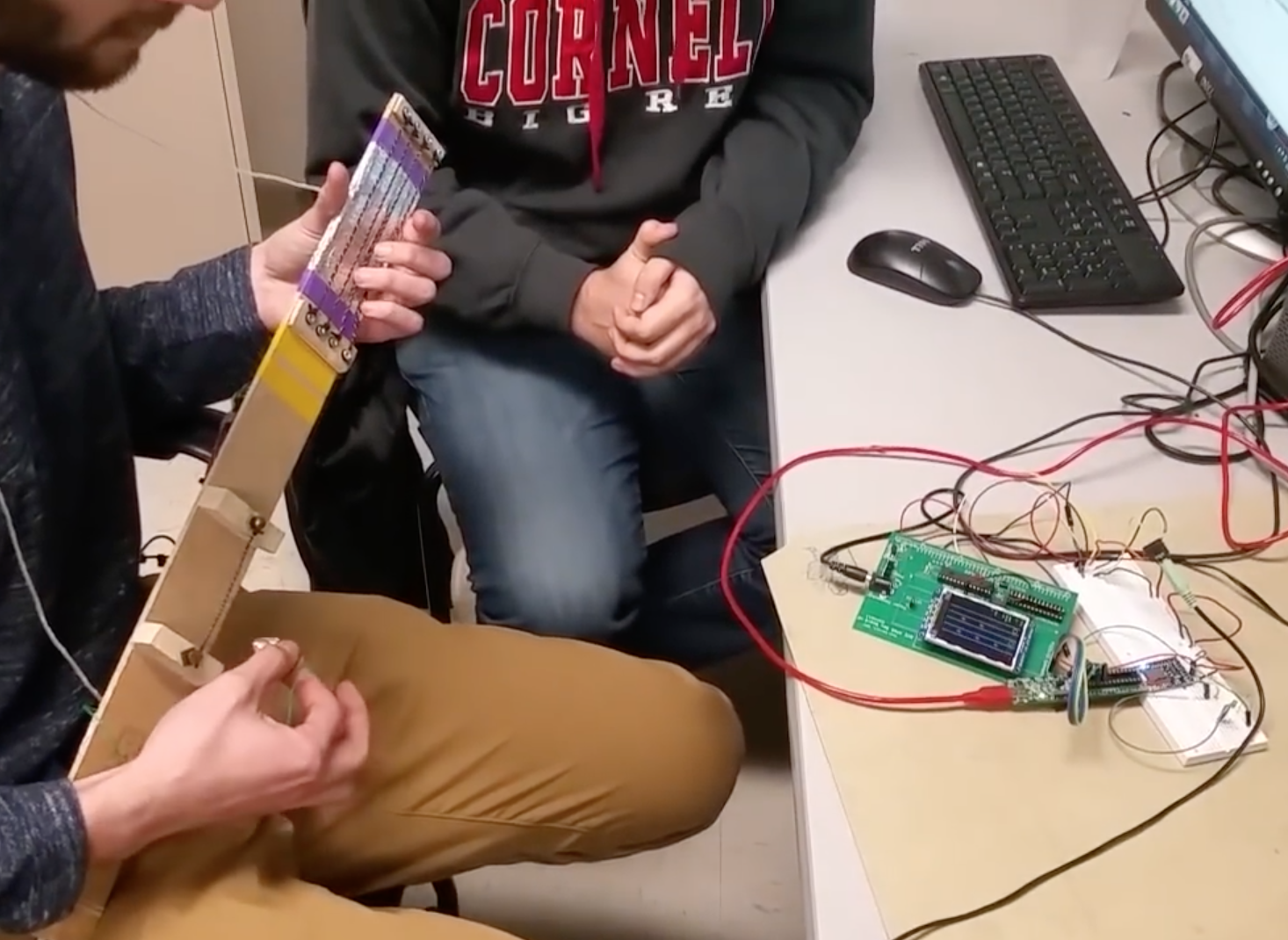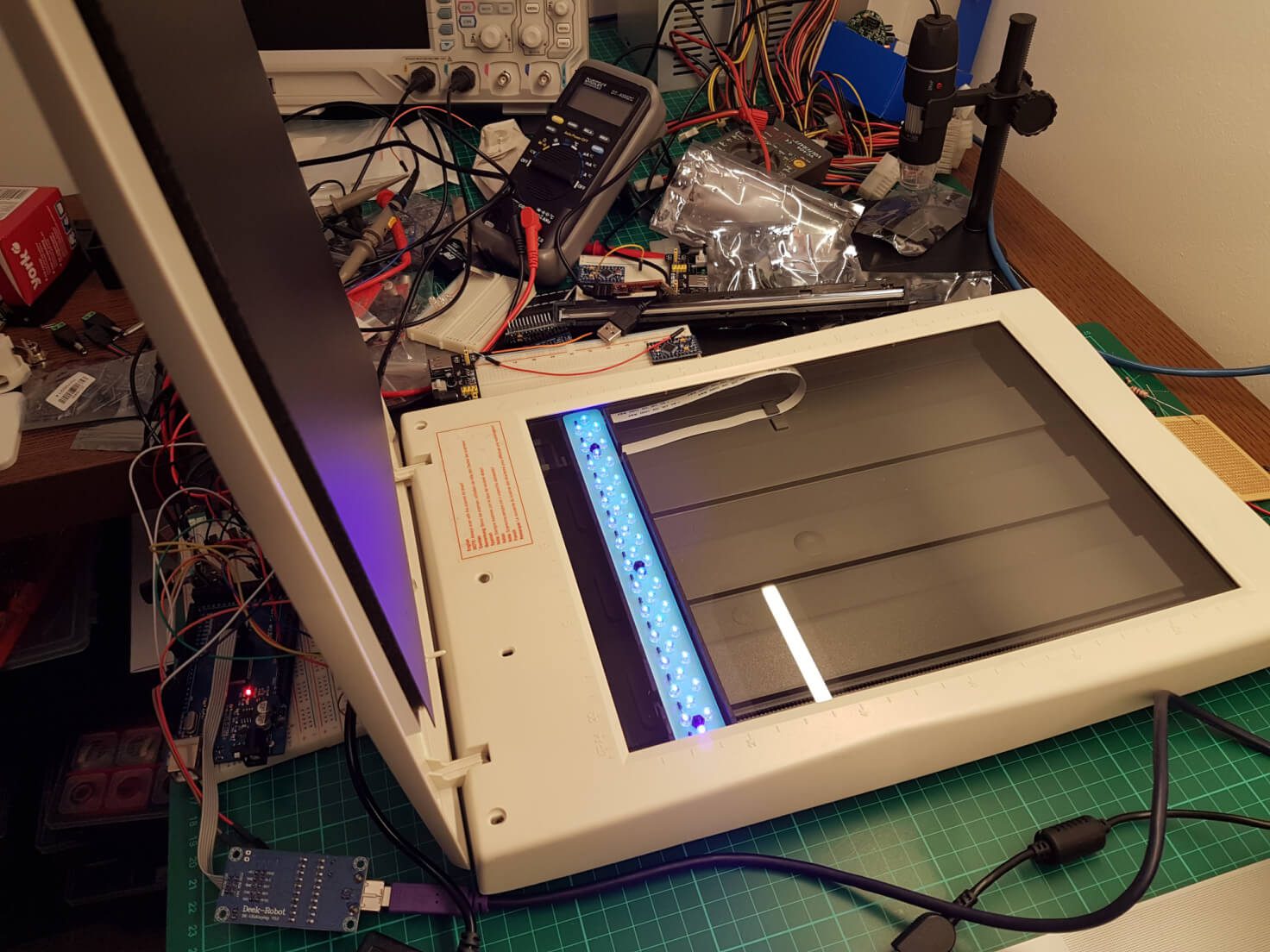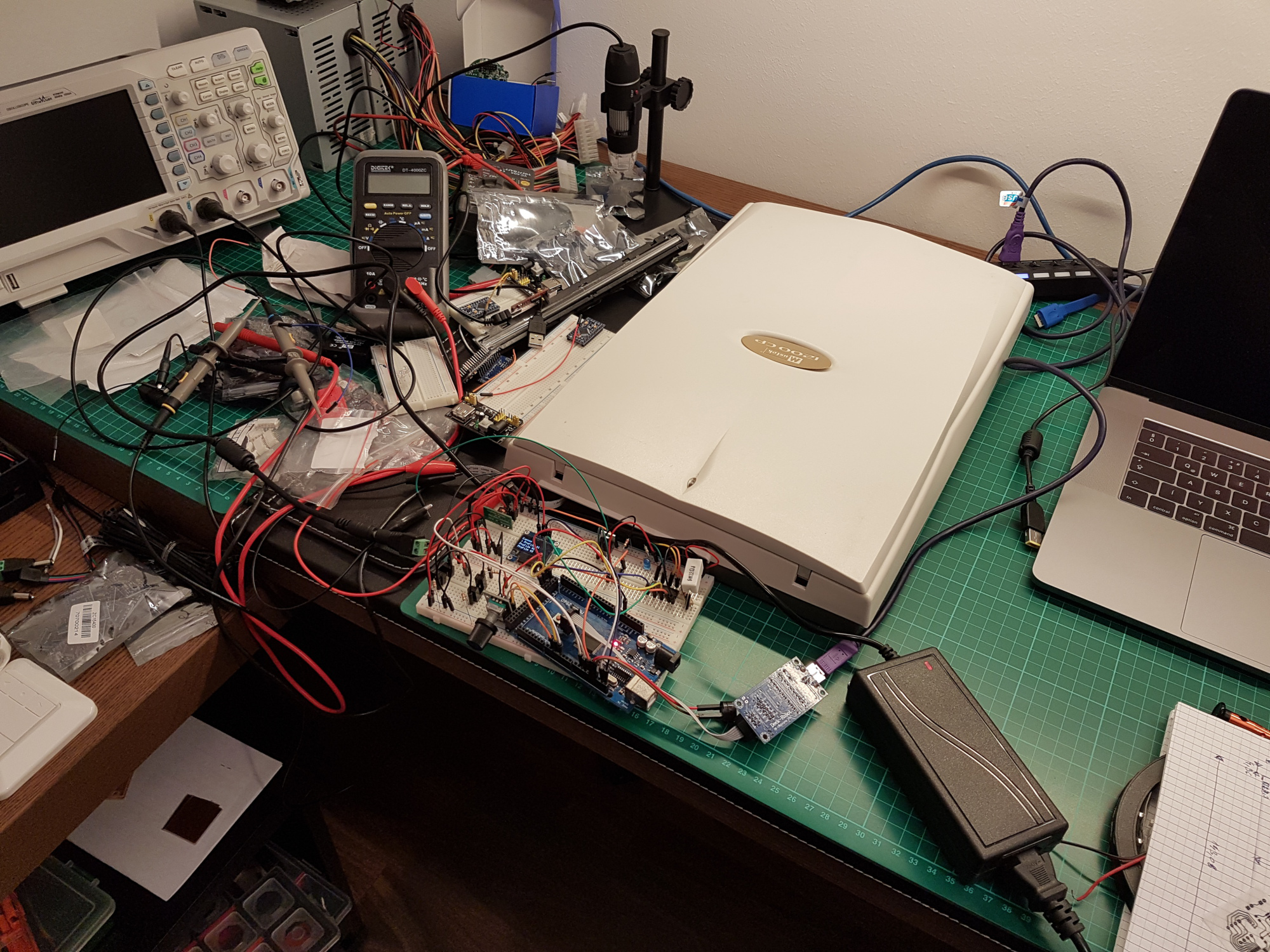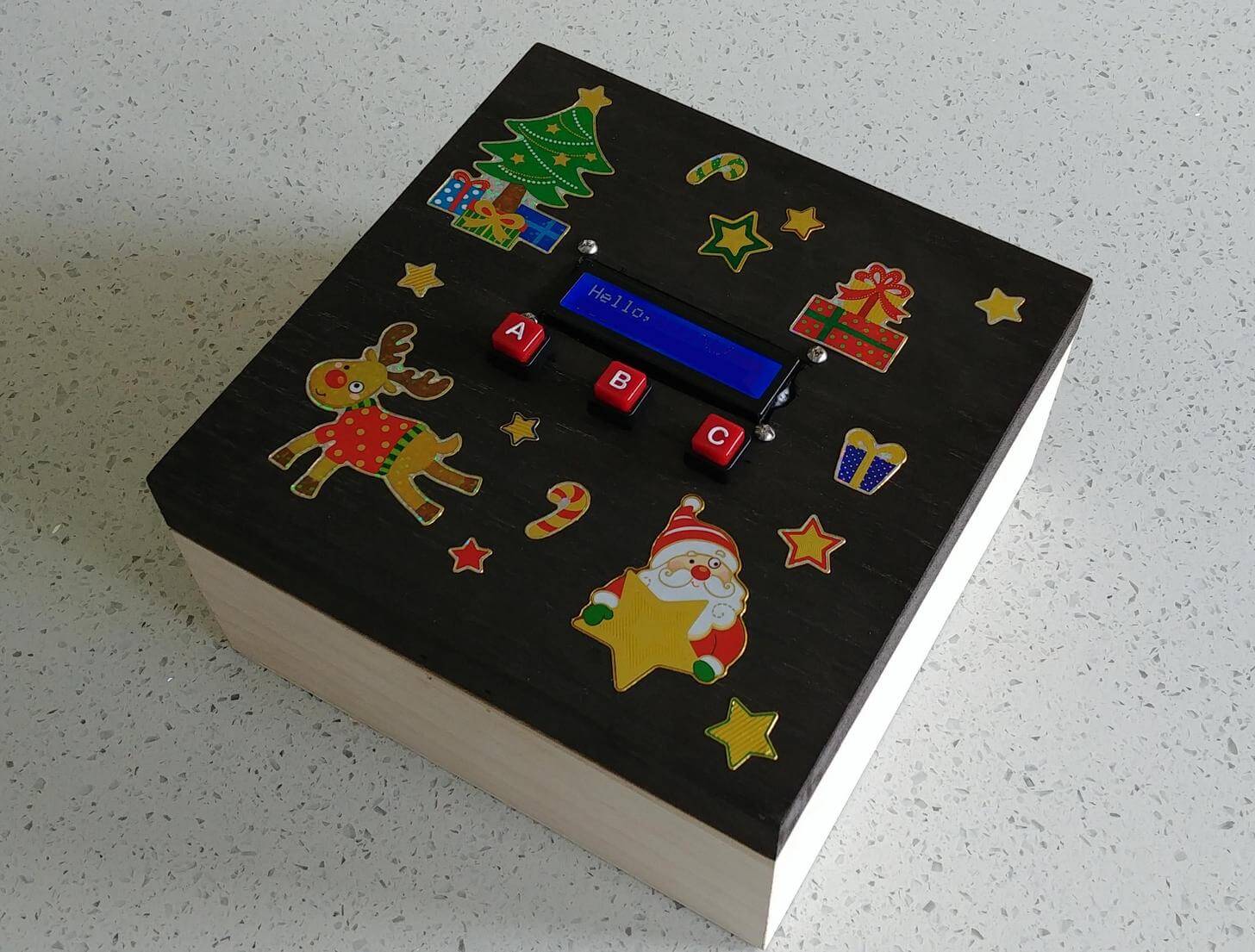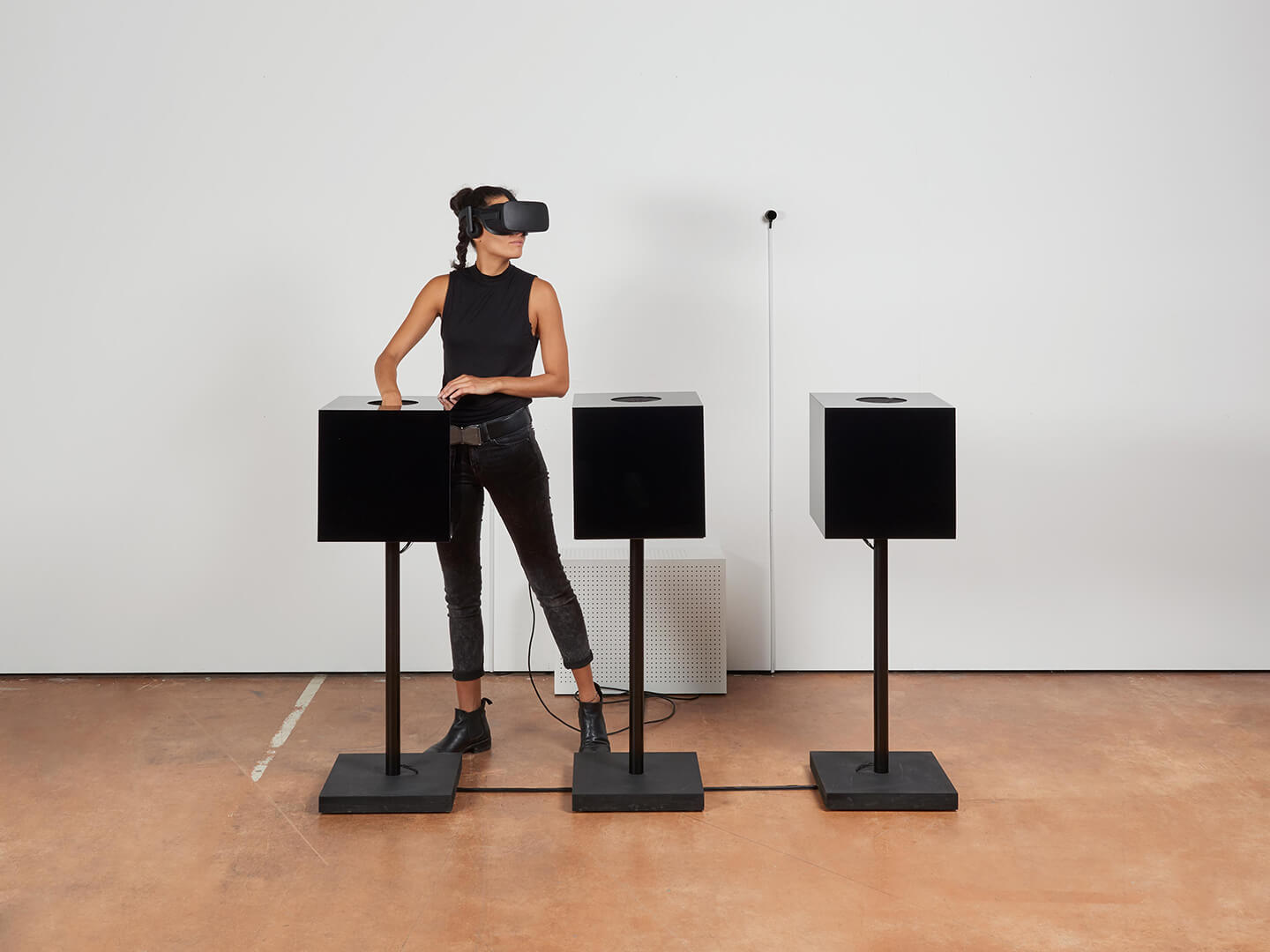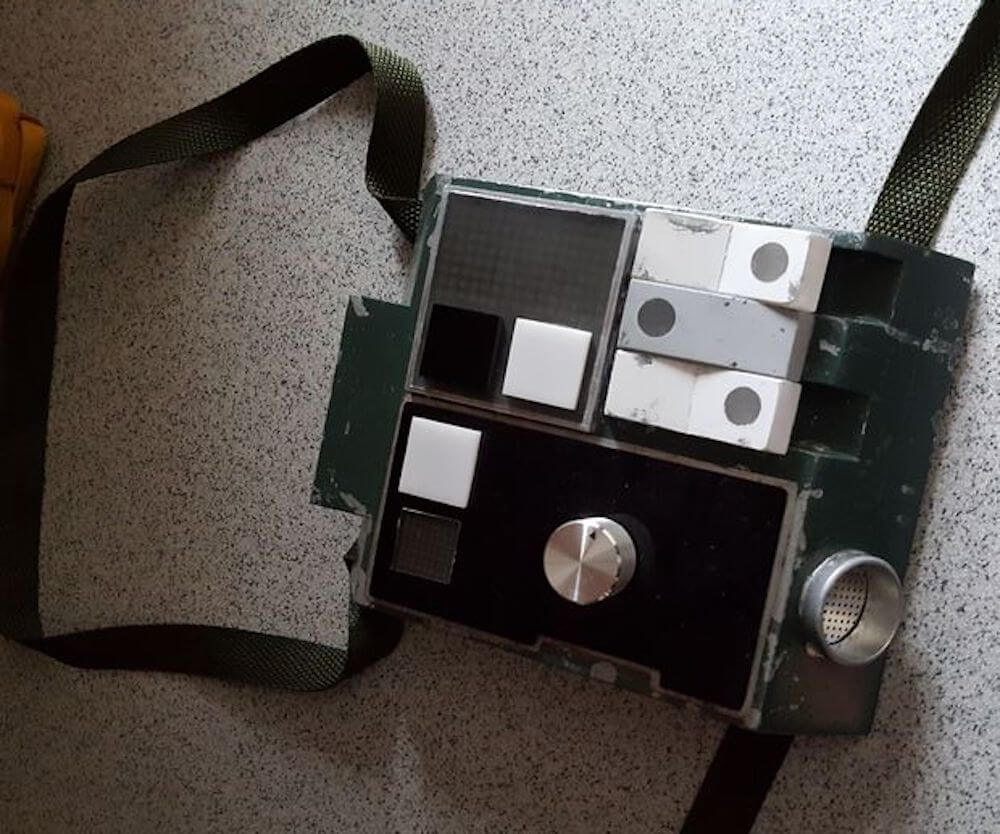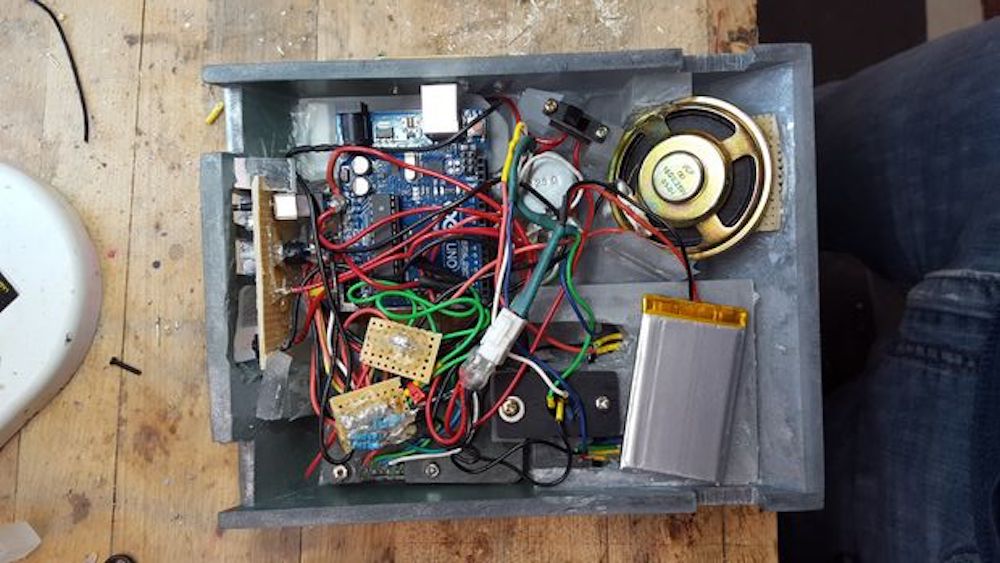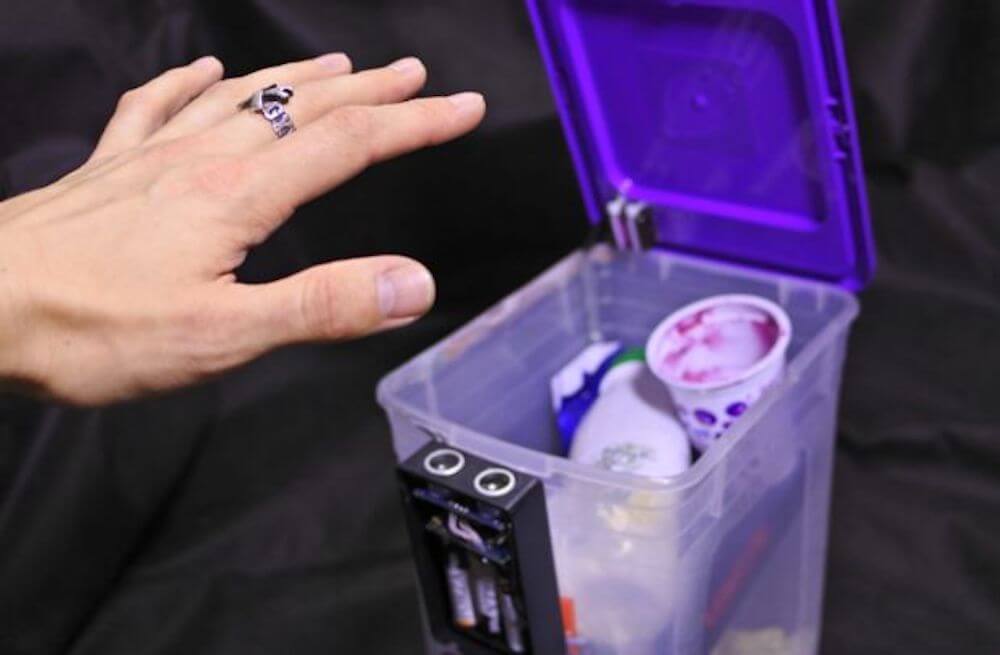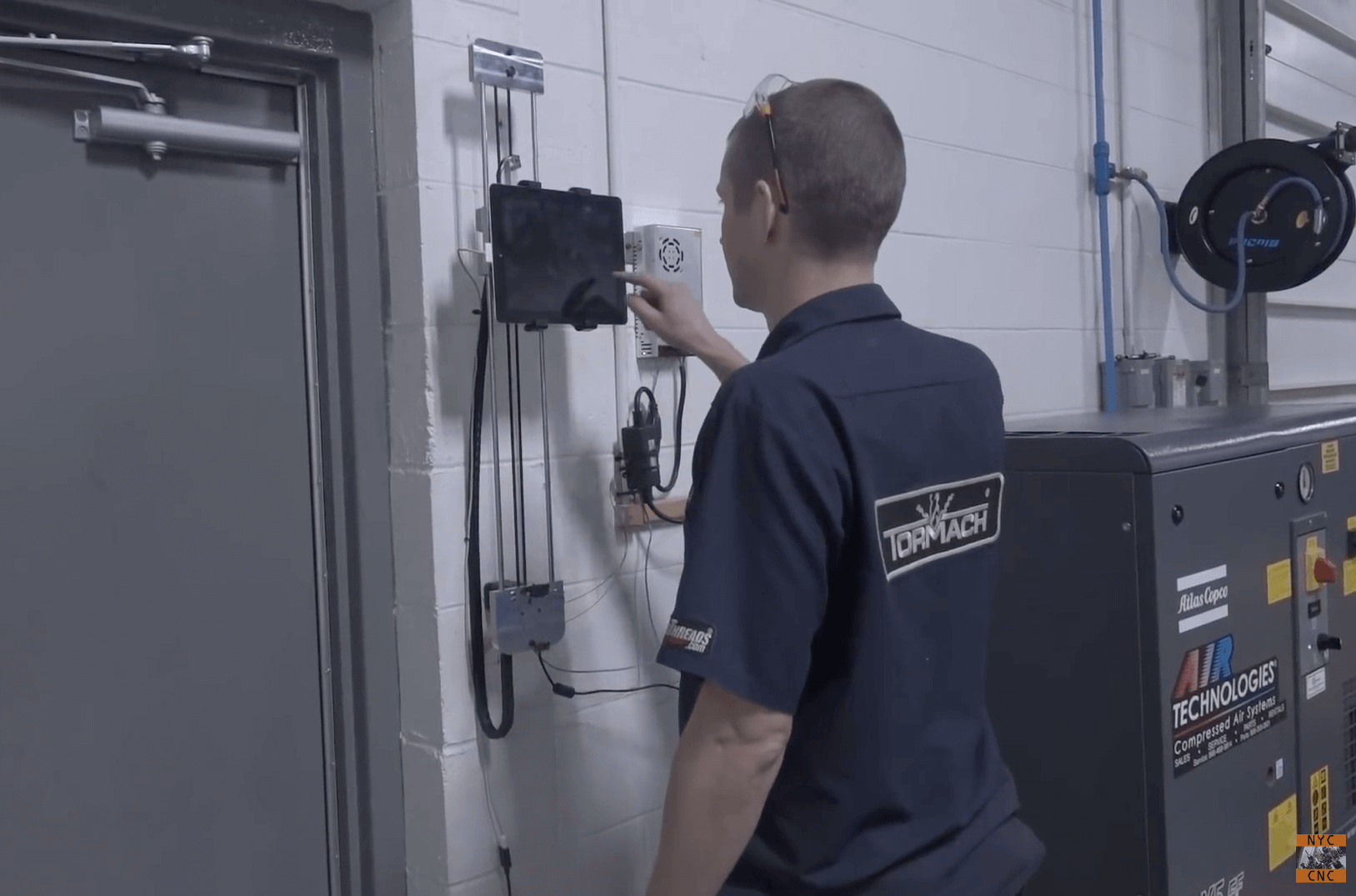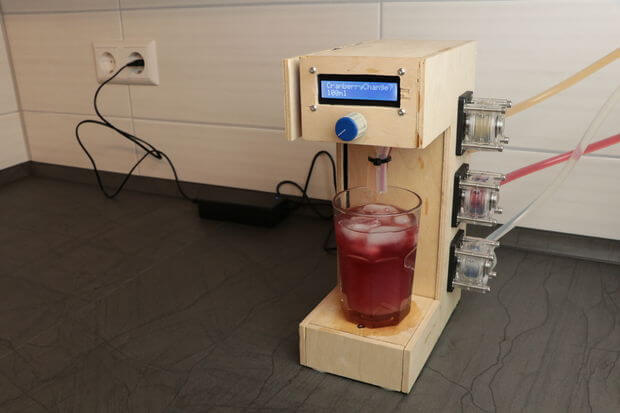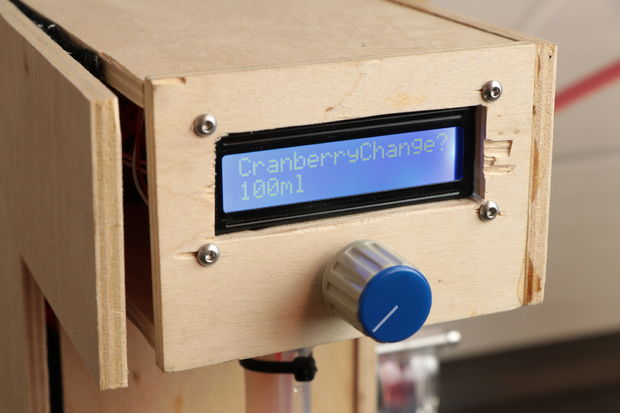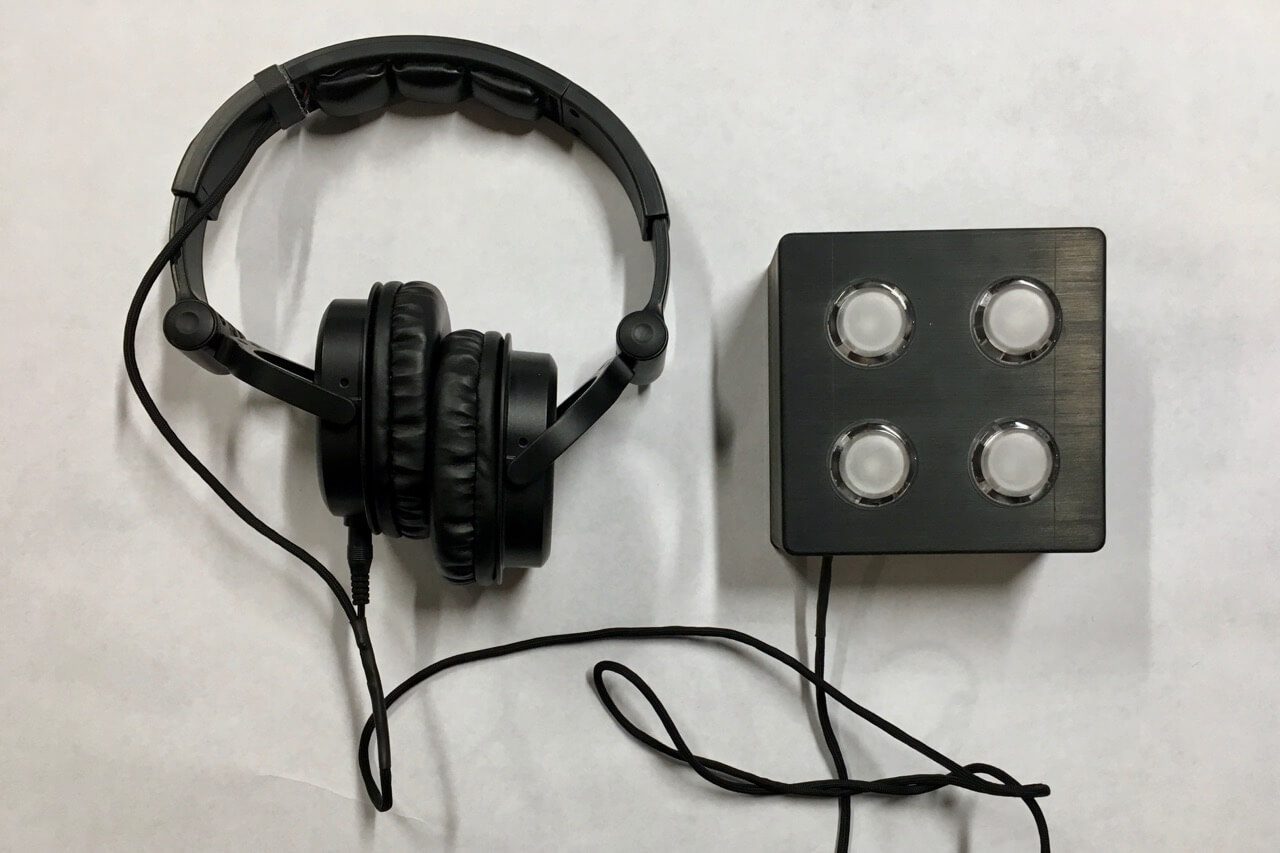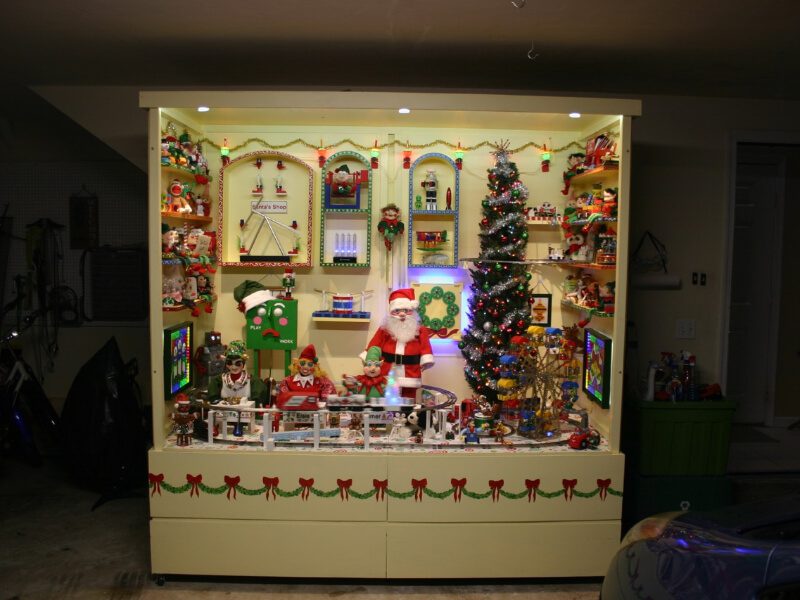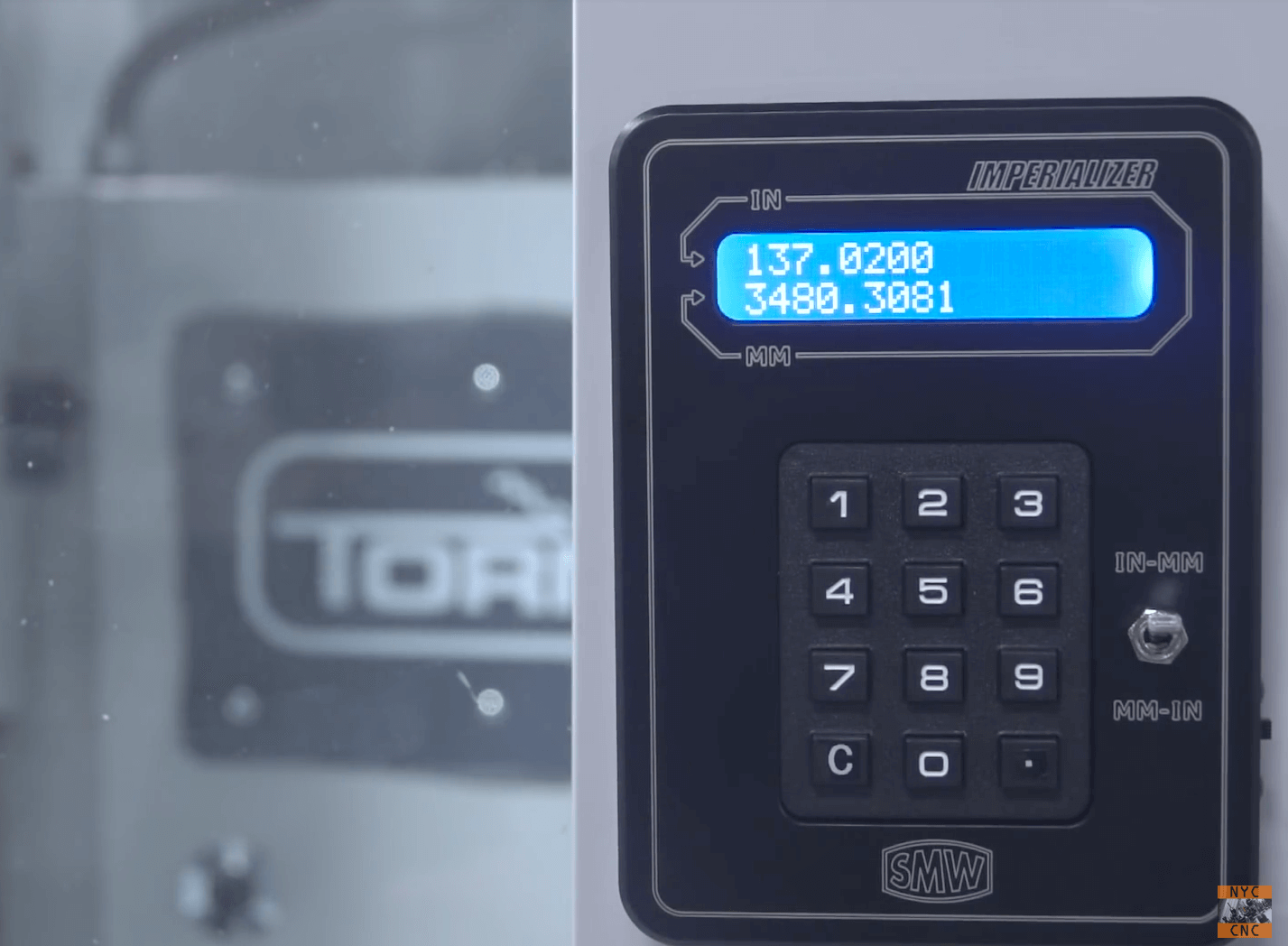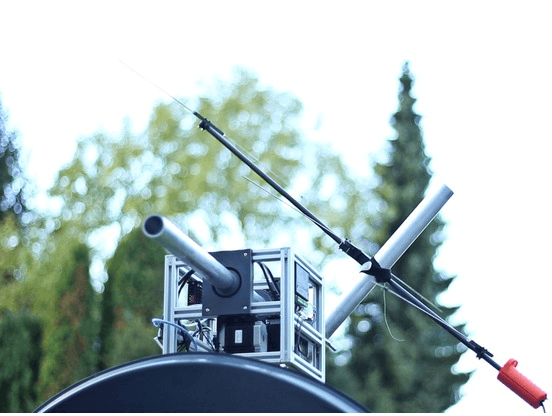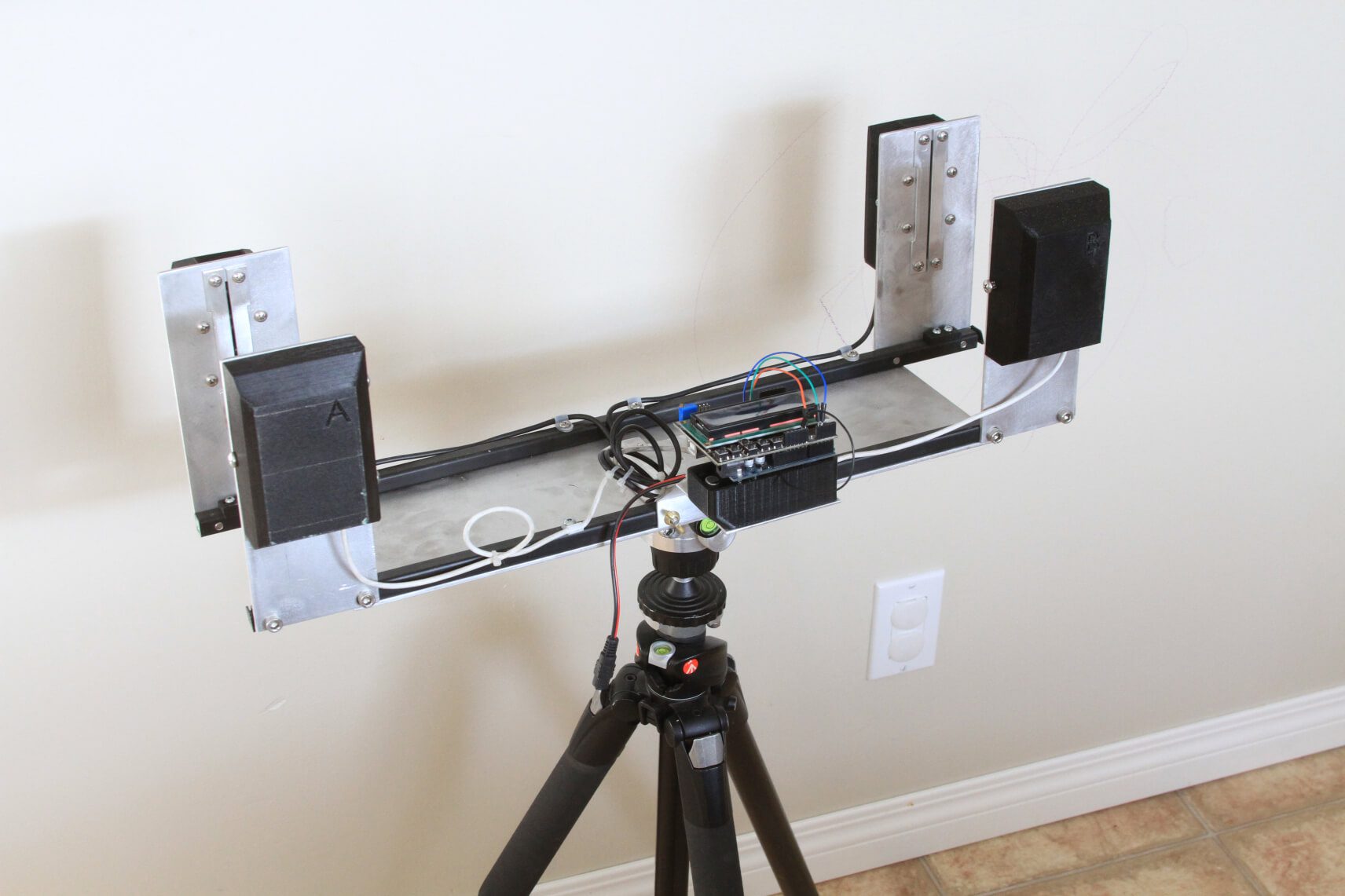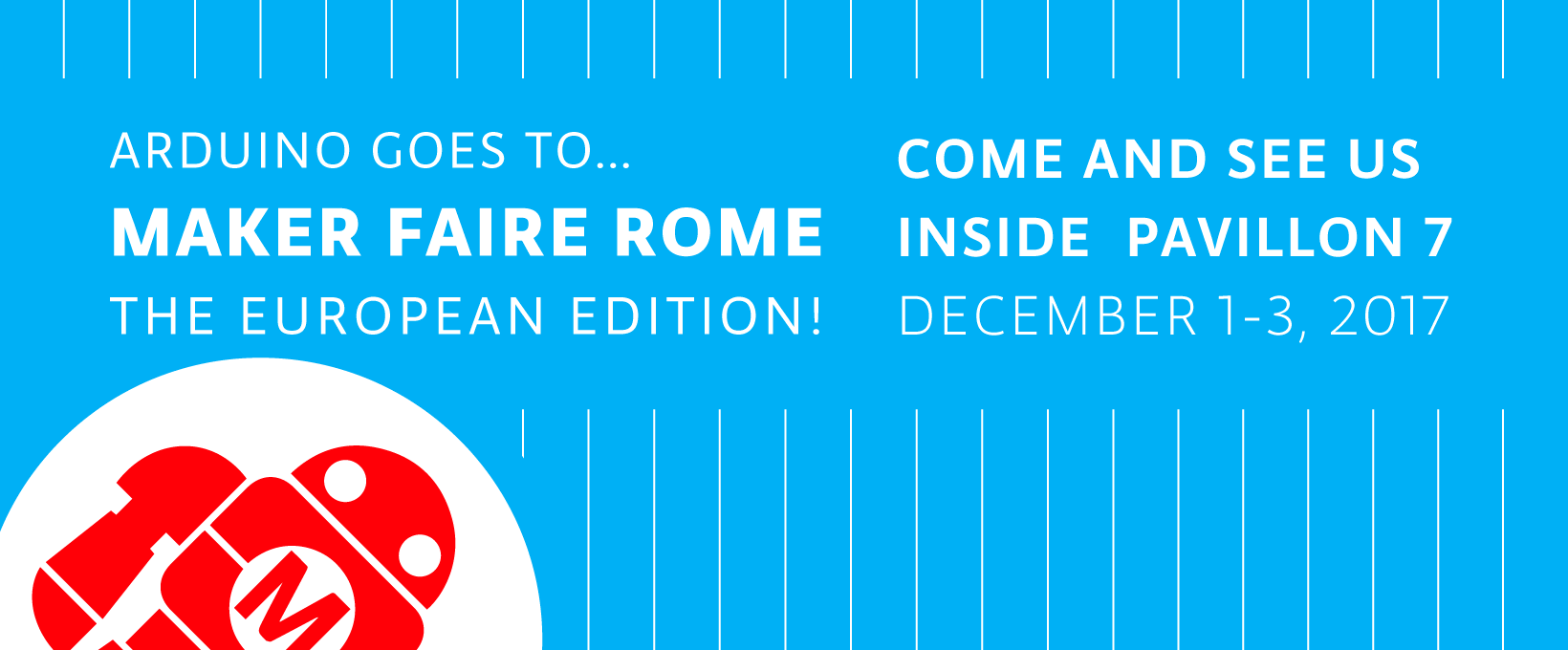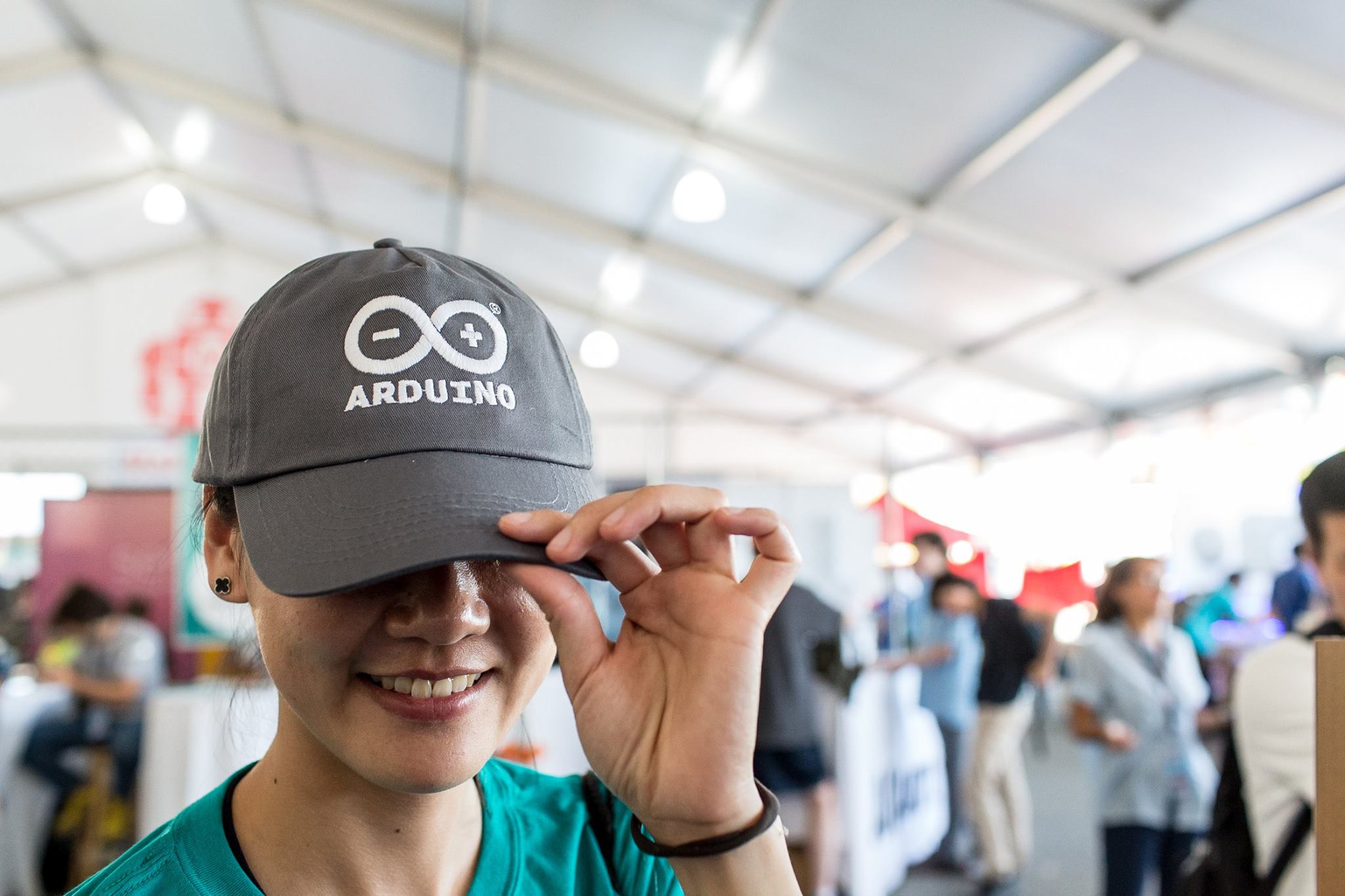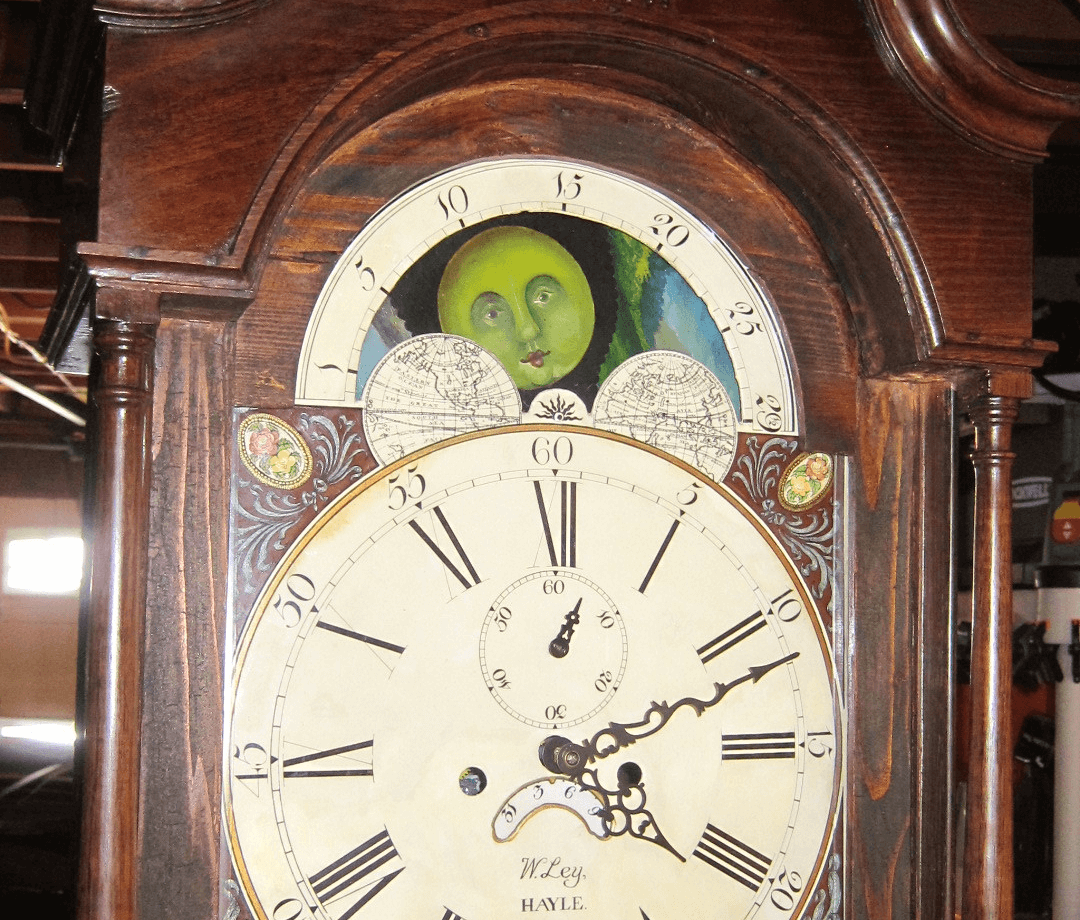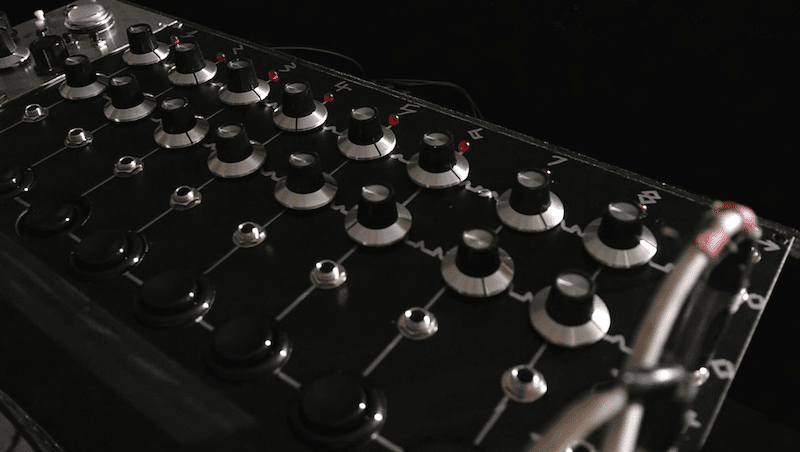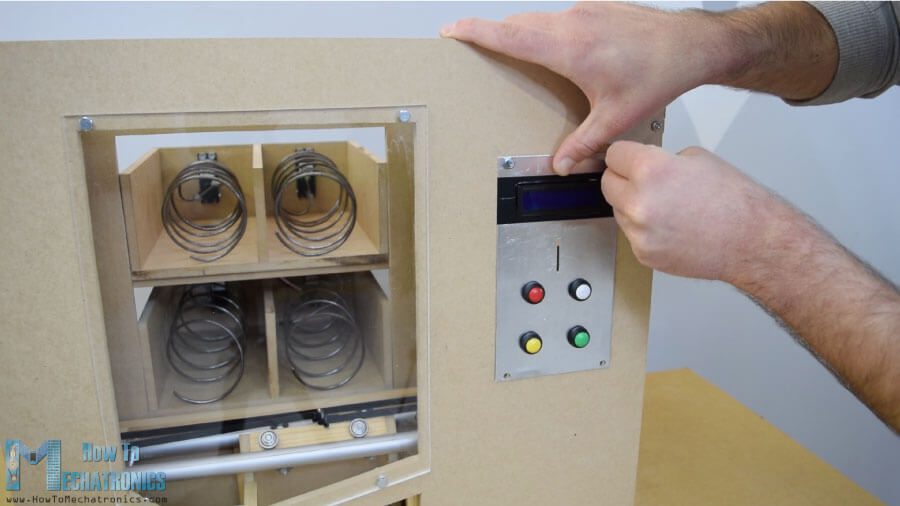
Starting tomorrow, Friday, December 1st, the Arduino team will be exhibiting at the 5th annual Maker Faire Rome – The European Edition. Those heading to Rome over the weekend (December 1st -3rd) are invited to swing by our booth at Pavilion 7 (Interaction) and join us for some inspiring talks. This year, Arduino will also be operating the official Maker Shop with plenty of products and ideas that can help you find original gifts for the holiday season.
The Booth
We’ve been preparing a series of demos for adults and kids at the booth to showcase the new Arduino Education products and programs, as well as the latest developments of the MKR family boards and IoT solutions. Moreover, you’ll have the opportunity to learn more about the AUG (Arduino User Group) Program, meet the winner of the Arduino MKR FOX 1200 Contest, and play with an interactive installation by Supsi University!
The Store
At Pavillon 7 (close to the Arduino booth), there will be a Maker Shop by Arduino selling most of the Arduino products (including the recently announced Arduino MKR WAN 1300 (LoRa) and Arduino MKR GSM 1400). You’ll also find some other interesting kits and holiday gift ideas for kids, makers and developers, plus a selection of Arduino goodies.
Talks
Our team will even be a part of Maker Faire Rome’s program with several talks and presentations on Arduino innovations, new products, and partnership programs. The schedule is as follows:
- Friday, Dec. 1st (5:00pm – 5:30pm, Room 3, Sala Euphemia, Pad. 10): Nerea de la Riva Iriepa, Valentina Chinnici, David Cuartielles ‘Arduino Education: redefining the educational experience with Arduino’
- Friday, Dec 1st (5:30pm – 6:00pm, Room 3, Sala Euphemia, Pad. 10): Fabio Violante (Arduino CEO), Sara Therner ‘Introducing the Arduino At Heart Program’
- Saturday, Dec. 2nd (12:00pm – 1:00pm, Room 22, Area Formazione 4.0, Pad. 7): Massimo Banzi, ‘Democratizing the Industry 4.0’
- Saturday, Dec. 2nd (3:00pm – 4:00pm, Room 3, Sala Euphemia, Pad. 10): Fabio Violante (Arduino CEO), Luca Cipriani ‘Arduino Create: the easiest path for IoT development’
- Saturday, Dec. 2nd (2:30pm – 3:00pm, Room 3, Sala Euphemia, Pad. 10): Andrea Richetta, Arturo Guadalupi ‘Arduino MKR board: an overview’
We look forward to seeing you all at Pavilion 7! (Check out the Maker Faire map here.)

This entry was posted by Arduino Team on Thursday, November 30th, 2017 and is filed under Arduino, Events, Exhibition, Featured, MakerFaire. You can follow any responses to this entry through the RSS 2.0 feed. You can leave a response, or trackback from your own site.
